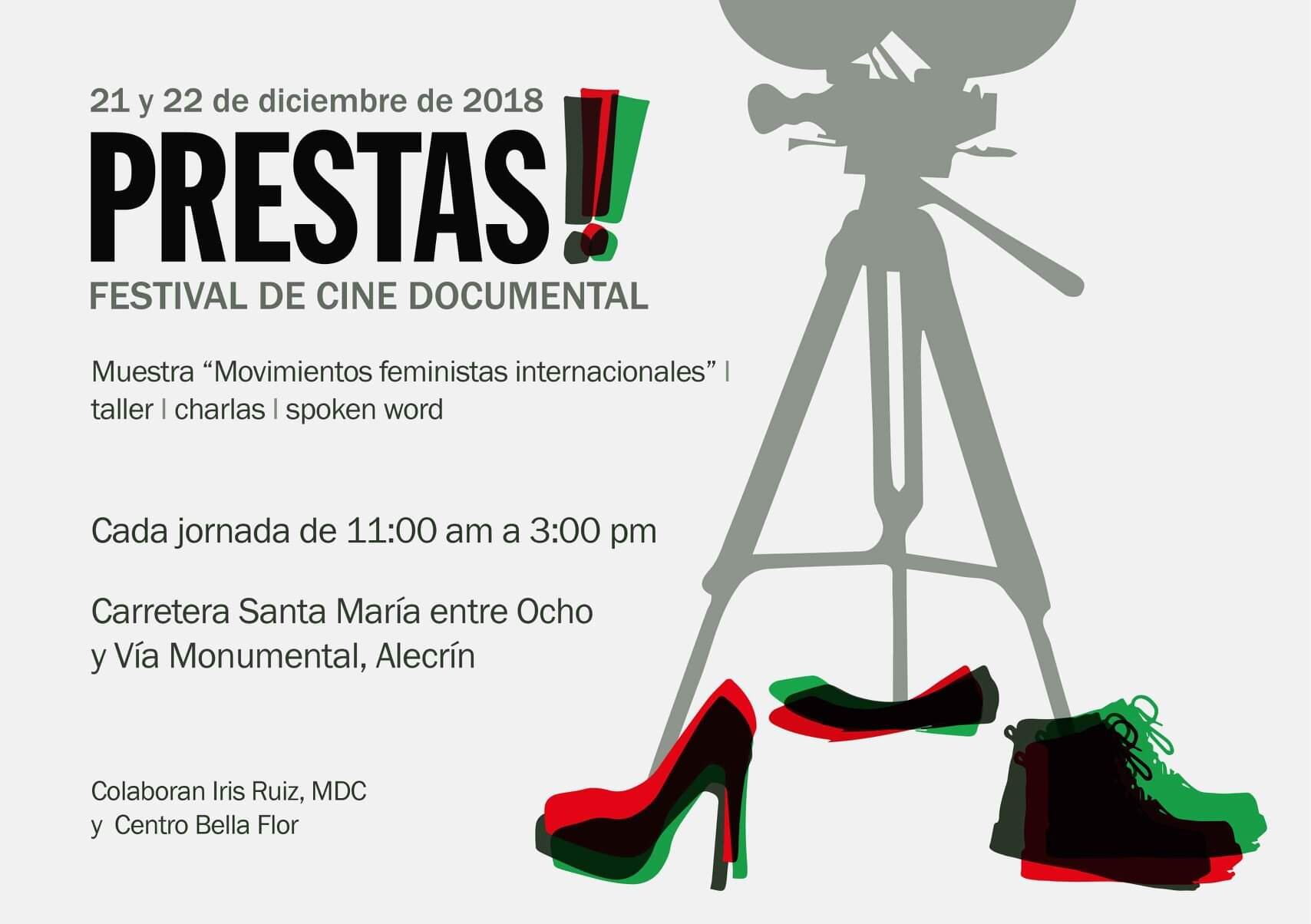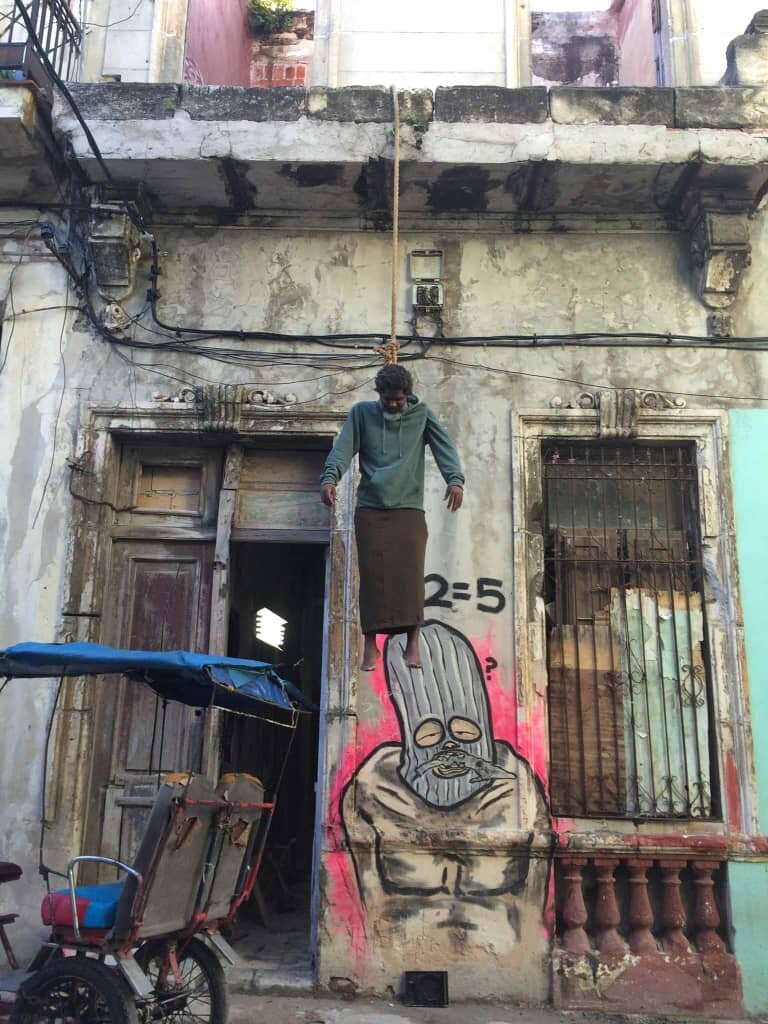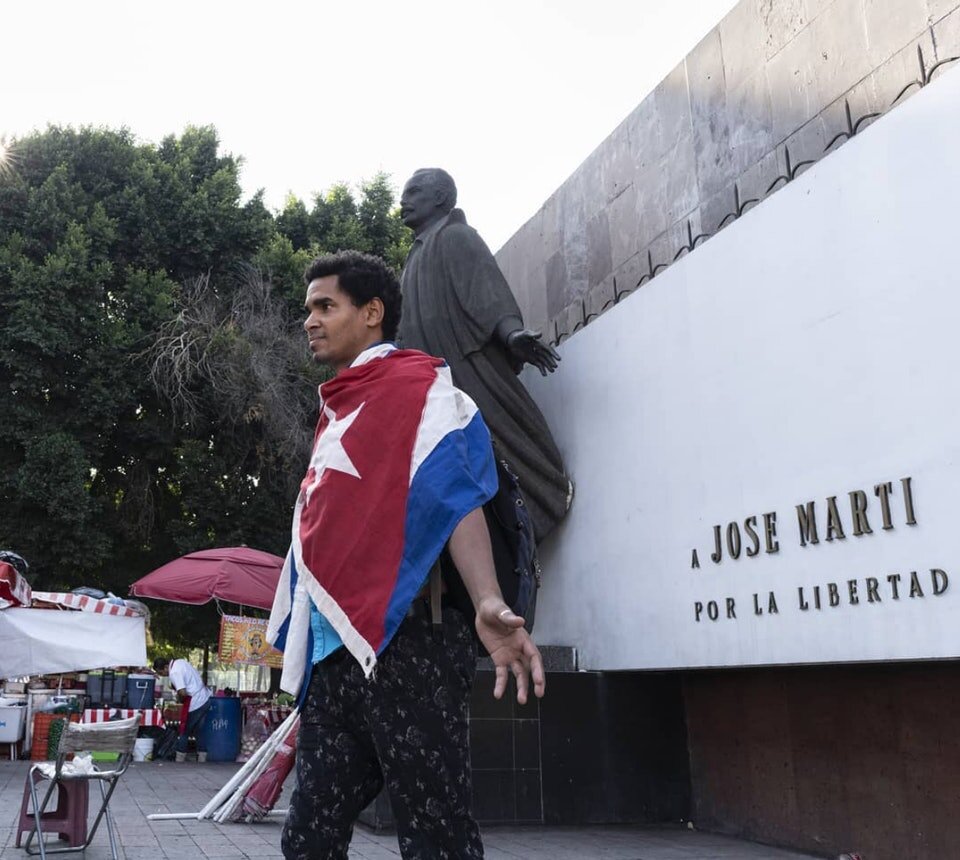THE MUSEUM OF DISSIDENCE IN CUBA: PAST AND PRESENT
The Museum of Dissidence in Cuba/El Museo de la Disidencia en Cuba
In Cuba, a country ruled by Latin America´s longest lasting dictatorship and one of the oldest dictatorships worldwide followed by China, North Korea and Saudi Arabia, a group of courageous artists got together in 2016 and decided to question uniformity of thought through the creation of the Museum of Dissidence. I believe this is a project of tremendous importance as fostering a culture of dissident is a first step towards the democratic transformation of Cuban society.
The museum, in the words of visual artist Luis Manuel Otero Alcántara one of its co-founders (along with art historian Yanelys Nuñez Leyva) takes as a starting point the following question: “Why a country such as Cuba with a long history of opposition to power, being a dissident is prohibited?”
Through poetry readings, film exhibits, books, workshops the museum analyzes Cuban history and present-day society and the arts through the perspective of dissent. They analyze dissident figures throughout Cuban history, from Indio Hatuey (a Taíno Cacique or chief) to Oswaldo Payá and even include in their concept of dissident figures such as Gerardo Machado, Fulgencio Batista and Fidel Castro who at one point were dissidents before becoming dictators.
The museum functions mainly through their website, as a physical space would have entailed the confiscation of all objects by police. Initiatives such the San Isidro Movement and the subsequent movement against Law Decree 349 censoring independent artists and creatives in Cuba emerged as a product of the Museum of Dissident. They have attracted international attention from institutions such as the Index of Censorship , universities and in 2016 the New York Times published an article titled “A Bold Attempt to Redefine ‘Dissidence’ in Cuba” no this initiative.
The placard reads: “Culture and Freedom.” Photo take from Yanelys Nuñez FB page.
The Museum of Dissidence in 2020
In 2020 the Museum of Dissidence launched the sitcom ¨Case no.1, 2019¨ which uses humor to criticize the judicial system in Cuba and the show trial to which dissident artists and opponents to the regime are subjected. They are now getting ready to launch a new series of initiatives intended to foster diversity of ideas and dissent in Cuban society. The following photos, courtesy of Luis Manuel Otero show a wide range of activities hosted by the museum over the past four years, from the presentation of a book on government surveillance in Cuba titled “The Comrade who looks after me,” talks on women rights, the LGBTI community to a discussion of suicide as an “act of freedom,” countering official communist perceptions on this topic which are presented with negative connotations.
The photos below, courtesy of Luis Manuel Otero showcase a win orange of activities and events hosted by the Museum of Dissidence from 2016-2020. Some of the events in the photos featur: “Excluded Words, “Another Dead Poet,” “Comrade who looks after me,” (book presentation), a presentation by Rosa Maria Payá, Cubadecide, ¨Conversations with God,¨ a feminist international documentary festival, concerts, street exhibits in support to the campaign against the 349 law decree.
“On the more political end of the spectrum, Otero Alcántara performed a piece called Drapeau in which he wore a Cuban flag draped over his shoulders for thirty days straight, a response to a Cuban law limiting the ways that the national flag could be displayed. Photo/caption from Artist At Risk Connection. The sign in the wall reads: “To José Martí in the name of freedom.¨ DemocraticSpaces.com
















